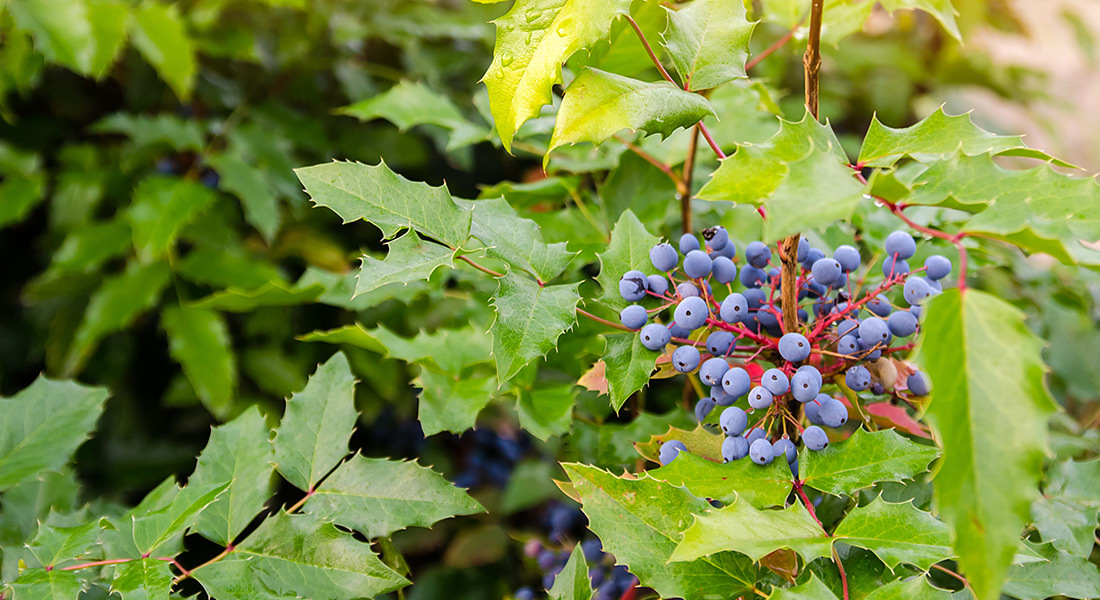What are the benefits to planting native plants in the fall?

Spring gets all the headlines for planting season. But planting in the fall can be especially beneficial for native plants — particularly shrubs and trees.
First, an overview of native plants and their benefits
What are native plants, you ask? Native plants are adapted to the local climate and soil conditions where they naturally occur. They’re specific to a particular ecosystem or part of the world, like southern Oregon. No human intervention brought these plants to a given area or helped them spread — that all occurred naturally. Native species are also sometimes called indigenous species.
Native plants are critical to provide pollen, nectar and seeds that serve as food sources for native birds, butterflies, insects and other animals.
When non-native plants — or invasive species — are brought in, they have no natural enemies. So they often take over, choking out the native species that local creatures depend on. That’s why when planting native plants in particular, it’s important to give them the best possible change to take root and thrive. These will be some of the most beneficial plants you can plant.
Building stronger root systems
Planting native plants in the fall gives them more time for the root systems to develop before the hotter summer months when water may be harder to come by. Above the ground, native perennials, shrubs and trees go dormant. Yet below the surface, these plants are continuing to put out roots — all the way until the ground freezes. Planting native plants four to six weeks before the typical first frost gives them an extra boost and time to put down roots that will help them next summer. Applying a layer of mulch can help keep the ground warmer a bit longer, giving them even more time to get established. Plant with Rogue Fine Compost, then mulch with bark mulch.
Putting less stress on the plants
Native plants love the cooler nights and increased rainfall that typically comes with the change in seasons to fall. This puts far less stress on your plants — helping them become better established and thrive before the hotter temperatures come back in late spring and early summer. What’s more, as plants go dormant, they use less energy above the ground, making this the perfect time to move or divide plants. Since they aren’t having to expend energy both above and below the ground, the lower stress level is beneficial to their long-term success.
Dealing with fewer bugs and weeds
The plants you want in your garden aren’t the only ones that go dormant in the fall. The weeds do too. That means they’re less likely to compete for resources with your newly planted (or transplanted) trees, shrubs and perennials. And the leaf-eating insects you spend all spring and summer trying to get rid of are far less active and troublesome in the fall. Planting native plants now helps them maximize these advantageous circumstances.
Plus an added benefit for you, the gardener...
Let’s face it. Working in the garden in late spring and summer can be hot. Really hot. So working in the garden during the cooler autumn months can be more enjoyable and less physically taxing. So along with all the benefits to planting your native plants during this time, there’s a benefit to you too.
Share This
